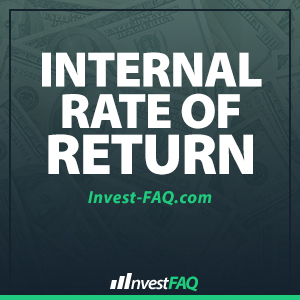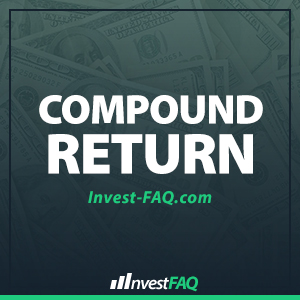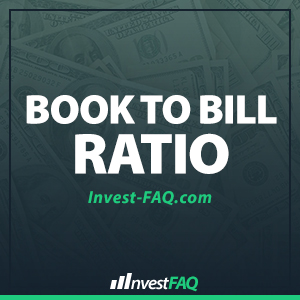What is Internal Rate of Return (IRR)? If you have an investment that requires and produces a number of cash flows over time, the internal rate of return is defined to be the discount rate that makes the net present value of those cash flows equal to zero. This article discusses computing the internal rate
Category: Investing
Goodwill
What is Goodwill? Goodwill is an asset that is created when one company acquires another. It represents the difference between the price the acquiror pays and the “fair market value” of the acquired company’s assets. For example, if JerryCo bought Ford Motor for $15 billion, and the accountants determined that Ford’s assets (plant and equipment)
Future Value vs Present Value of Money
Difference between Present Value and Future Value This note explains briefly two concepts concerning the time-value-of-money, namely future and present value. Careful application of these concepts will help you evaluate investment opportunities such as real estate, life insurance, and many others. Future Value Future value is simply the sum to which a dollar amount invested
Compound Return
What is a Compound Return? This article discusses how to compute the effective annual percentage rate earned by a single investment after a number of years have passed. A related concept called “average annual return” is frequently seen when reading about mutual funds but is computed very differently; it is discussed briefly at the end
Book Value
What is Book Value? Book Value is the worth of an asset calculated by subtracting all liabilities associated with the asset from the historical cost. Book Value Formula Assets less Liabilities. The problem is Assets includes, as stated, existing land & buildings, inventory, cash in the bank, etc. held by the company. The problem in
Book-to-Bill Ratio
The book-to-bill ratio is the amount of business “booked” (orders taken) divided by the amount of business “billed” (products shipped and bills sent). A book-to-bill ratio of 1.0 implies incoming business = outgoing product. Often in downturns, the b-t-b drops to 0.9, sometimes even lower. A b-t-b of 1.1 or higher is very encouraging. Article
Beta vs Alpha in Investing – What’s the Difference?
What is Beta in Investing? Beta is the sensitivity of a stock’s returns to the returns on some market index (e.g., S&P 500). Beta values can be roughly characterized as follows: b less than 0 Negative beta is possible but not likely. People thought gold stocks should have negative betas but that hasn’t been true.
Annual Reports
What are Annual Reports? This article teaches the fundamentals of reading and understanding company annual reports, as paraphrased from the June 1994 Issue of “Better Investing” magazine, page 26. How to Read an Annual Report Start with the notes and read from back to front since the front is management fluff. Look for litigation that
Target Stock Prices
What are Target Stock Prices? A target price for a stock is a figure published by a securities industry person, usually an analyst. The idea is that the target price is a prediction, a guess about where the stock is headed. Target prices usually are associated with a date by which the stock is expected
How to Research a Potential Investment Company
Company Research and Investing This article gives a basic idea of some steps that you might take to research a company. Many sites on the web will help you in your quest for information, and this article gives a few of them. You might look for the following. 5 Tips to Research Before Investing in









